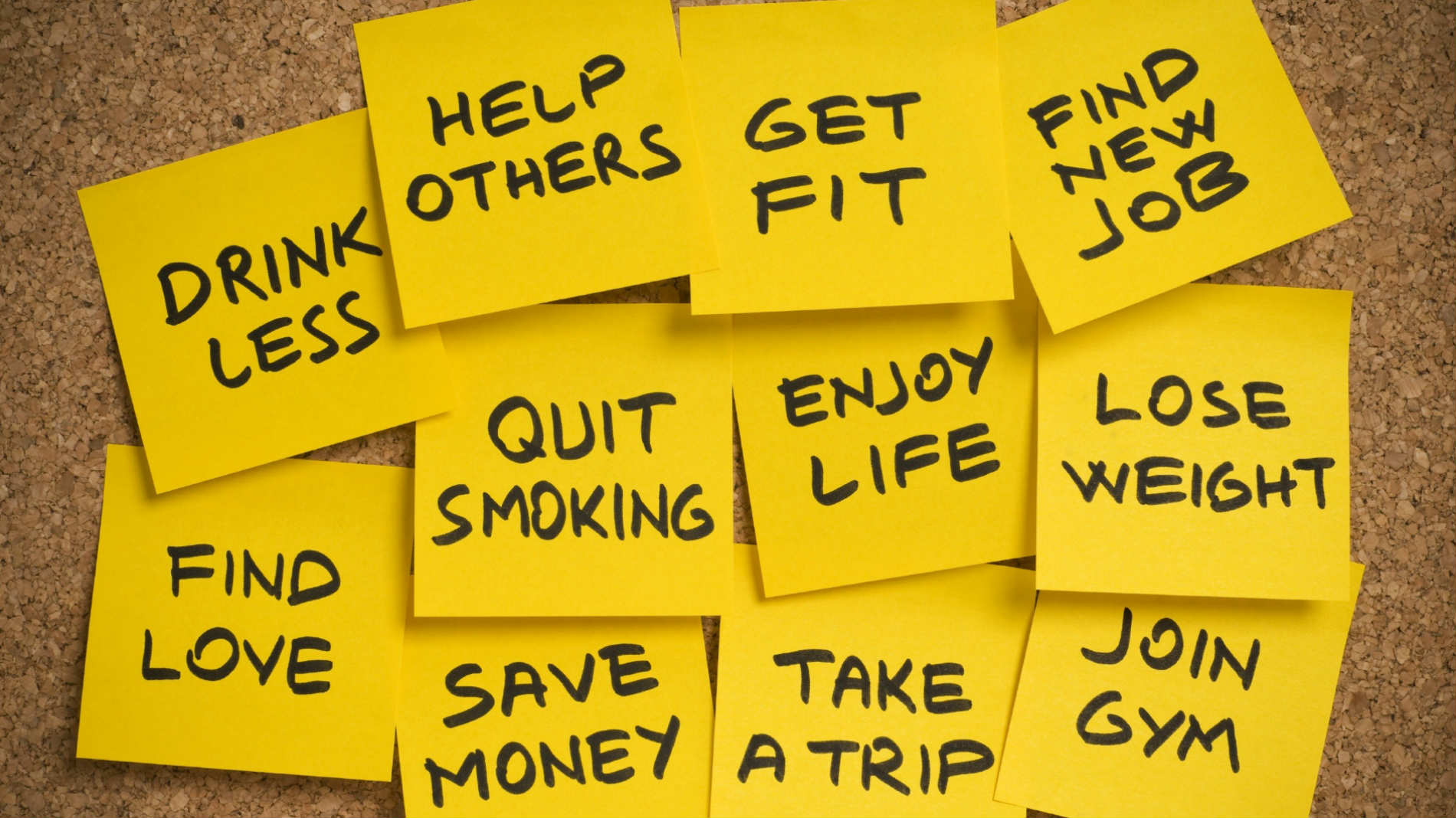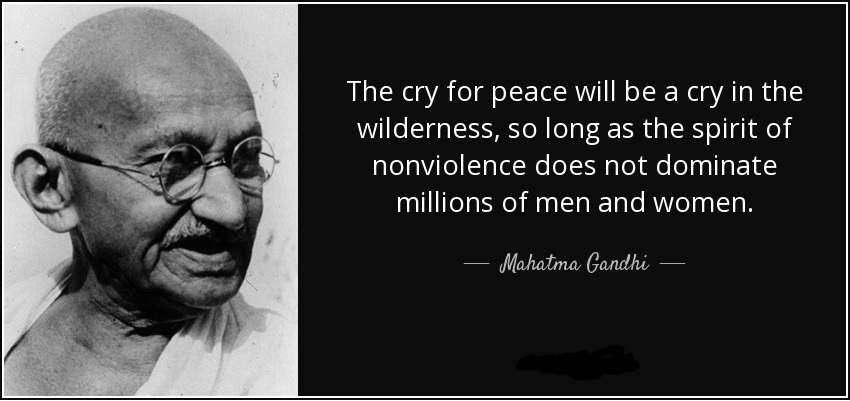
“It’s the most wonderful time of the year.”
Scratch that. Maybe not. What if you find yourself becoming anxious, every time stores start putting away the Halloween decorations and putting up Christmas trees and turkeys?
Are the holidays one of the worst times of the year for you? Would you rather stay home than to deal with the excessively happy store employees or your jolly boss? At a certain point your melancholy could be the cause of something more.
Clinical depression affects more than 19 million Americans each year. It is a real illness that can be treated effectively. Unfortunately, fewer than half of the people who have this illness seek treatment.
Depression is an illness that involves the body, mood, and thoughts, that affects the way a person eats and sleeps, the way one feels about oneself, and the way one thinks about things.
KNOW THE SIGNS
The signs and symptoms of clinical depression are:
- Persistent sad, anxious or “empty” mood n Changes in sleep patterns
- Reduced appetite and weight loss, or increased appetite and weight gain
- Loss of pleasure and interest in once-enjoyable activities, including sex
- Restlessness, irritability
- Persistent physical symptoms that do not respond to treatment, such as chronic pain or digestive disorders
- Difficulty concentrating at work or at school, or difficulty remembering things or making decisions
- Fatigue or loss of energy
- Feeling guilty, hopeless or worthless
- Thoughts of suicide or death
If you experience five or more of these symptoms for two weeks or longer, you could have clinical depression. See a doctor or qualified mental health professional for help, right away.
Take our mental health assessment!




